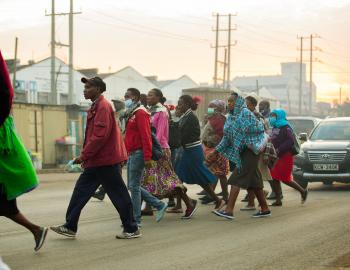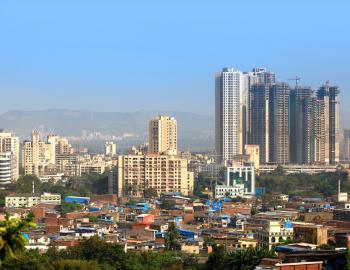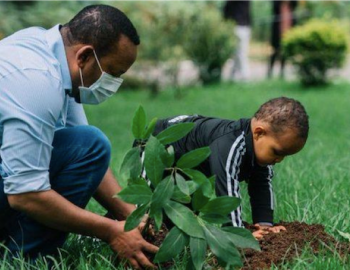REPORT: The water-energy-food nexus in Latin America and the Caribbean
REPORT: The water-energy-food nexus in Latin America and the Caribbean
In our hyper-connected world, water, energy and food are increasingly interdependent. In Latin America and the Caribbean (LAC), water is at the heart of this nexus and underpins hydropower generation, agricultural production and industry. In a continent under increasing pressure from climate change, and national and international demand from growing populations, understanding and accounting for these interdependencies is vital for achieving longer term economic, environmental and social goals.
For Latin America and the Caribbean to meet its ambitious economic, environmental and social targets, such as those set out under the forthcoming Sustainable Development Goals and UNFCCC climate agreement, nexus thinking will be a prerequisite for success. Not as an emergency response to solve crises as they occur, but as an established approach to address challenges and opportunities in a hyper-connected landscape: to identify and resolve trade-offs, foster synergies, and optimise outcomes across different actors and sectors.
This report, The water-energy-food nexus in Latin America and the Caribbean, provides an overview of the water-energy-food nexus in Latin America and the Caribbean (LAC), identifying the main challenges and opportunities for achieving water, energy and food security in the region. There is a particular focus on the Latin American countries Bolivia, Brazil, Chile, Colombia, Ecuador, Mexico, and Peru.
The goals of the report are to support public and private sector decision-makers in the region by identifying:
- Key trade-offs between water, energy and food;
- Strategic priorities to address key challenges for water, energy and food security;
- Entry points for a regional nexus dialogue.
As a region, LAC is abundant in water, energy and land resources and these have been harnessed to fuel economic growth across the region. Whilst this has supported progress in social wellbeing, high levels of inequality persist and millions of people still remain without water, food and energy security. Furthermore, the intensive development of agriculture, mineral and energy endowments has gone hand in hand with large-scale pollution and deforestation, undermining ecosystem services and threatening water security that is of vital importance for the region’s economies and citizens. Climate change is now further multiplying these threats through changing rainfall patterns and extreme weather events.
Recent water crises in the region, including the severe 2014 drought in Brazil’s economic heartland in the south-east of the country, have brought trade-offs between water, energy and food to the fore. Even in areas of great overall water abundance, such as Amazonia, severe droughts have highlighted a once unthinkable vulnerability.
But water scarcity is nothing new for many of the growing urban and industrial centres that are not well served by the continent’s unevenly distributed water resources. The Peruvian Amazon basin, for example, contains 97.5% of the country’s surface water but only 30% of the population, with urban centres and economic activity concentrated on the coast. In Mexico, more than 75% of economic activity, population and irrigated land is found in the central and northern region above 1000m in altitude, while 72% of water availability is lower down in the South.



